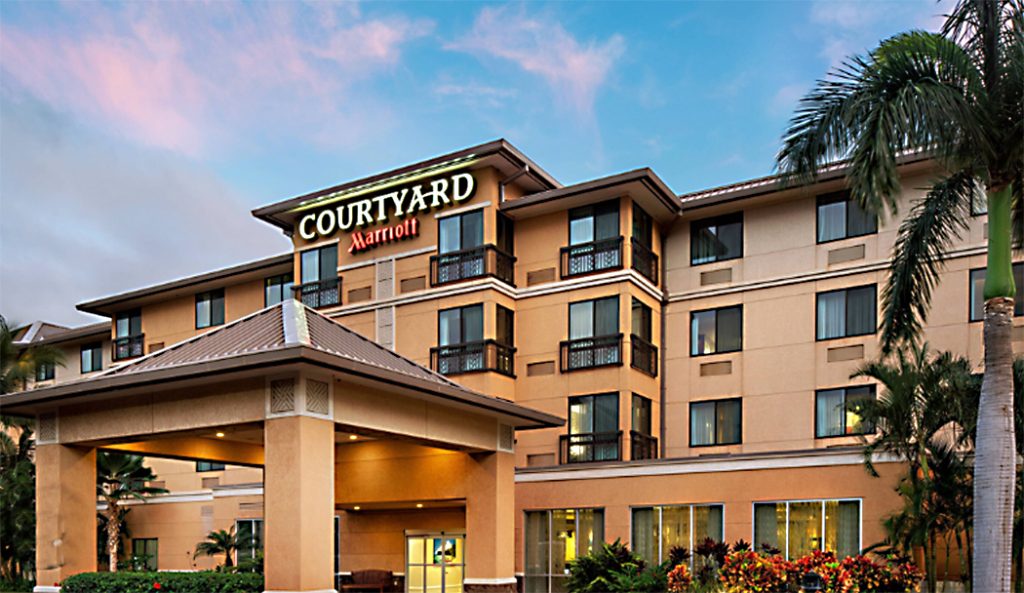
Every fall, after the leaves have fallen and the trees are bare, my wife and I drive to Florida. It’s a long drive made easier by the many convenience stores, restaurants, and hotels that line the highways of America. We stay overnight at the kind of middle-market hotel that’s found in just about every town and along every major highway.
This is a familiar part of life in America, but it’s not available everywhere in the world.
Some years ago, when we took a family trip to Peru, I planned a trip where we’d get to meet local people and spend time simply wandering around. I did not want to end up in a bubble where everyone spoke English. Not using a tour company meant booking our own hotels. What I found in Peru was that there was almost no middle market. There were hotel rooms and hostels that were very low priced, and there were luxury accommodations that were extremely expensive—with almost nothing in between.
We spent most of our time in Peru at an eco-lodge in the town of Urubamba. It was a real find! One night I had occasion to walk into town with the proprietor. I asked him about the high crime rate, and he asked me why I thought the crime rate was high? I pointed to bars on all the windows and the razor wire-topped walls we were walking past. “Oh,” he responded, “You live in a country where the houses are not surrounded by walls.”
Everywhere I looked, I saw evidence of extreme concentration of wealth. The largest percentage of people were poor. The few wealthy people had to protect their homes with razor-wire walls and bars on the windows.
The ubiquitous middle-market hotels, restaurants, and convenience stores familiar to travelers in the U.S. were very few and far between in Peru. This made long-distance driving much more difficult.
One of America’s greatest assets has long been its vast middle class. But for the last few decades, the middle class has been in decline. The rich have gotten richer, while the poor have remained roughly the same percentage of the population. The the middle class has been in steady decline.
Capitalism remains the greatest economic system ever invented. It is responsible for the vast American middle class and the life of abundance that so many enjoy. The chance to get rich is the single biggest driver of innovation. And as a result, some concentration of wealth is necessary.
As with all things in our free and open society, there isn’t really a perfect balance, no matter how hard we try to find it. But current trends towards greater concentration of wealth in the U.S. are worrisome.
Too much concentration of wealth isn’t good for anyone. The wealthy people of countries with little or no middle class need to have bodyguards and live behind razor-wire walls.
Let’s look at some numbers.
In 1950, the top 20 percent of Americans controlled 42.8 percent of the nation’s wealth (Encyclopedia of Nations). In 2007, that number shot up to 80 percent of the wealth (Wikipedia). And that trend has only continued. By 2021, the top 20 percent controlled 86 percent of the nation’s wealth (Federal Reserve).
We are a far cry from the Peru I saw in 2007, but these trends cannot continue unless we want to become a Third World country. According to Pew Research, middle income earners took in 62 percent of the nation’s income in 1970, but by 2018, that had declined to 43 percent.
In 1945, American industry was geared for a purpose that was coming to an end—war. At the same time, millions of American men were returning home in need of jobs. The potential for economic disaster was huge, and widely expected.
We know that’s not what happened. Instead, we built the suburbs, the Interstate Highway System, schools for the baby boom, and airports for the new airlines. An economic boom happened because of government investment and the wonderful capitalist system. The suburbs were built by entrepreneurs employing armies of construction workers. But they were possible because governments built highways to access the suburbs, schools in the newly built areas, and provided, via the GI Bill, low-cost mortgages for veterans.
The top tax rate in 1950 was 91 percent. This enabled us to do all of the above and a lot more, all the while paying down the huge debt from WWII. Incredible.
Today we have much lower tax rates, more wealth held in just a few hands, and public debt as far as the mind can see.
Admittedly, a 92 percent tax rate is confiscatory. But borrowing money like there’s no tomorrow doesn’t work either. There’s a middle ground. The question is, will the top 20 percent who own 86 percent of the wealth of this country allow us to find that middle ground?
Hal Masover is a Chartered Retirement Planning Counselor and a registered representative. His firm, Investment Insights, LLC is at 508 N 2nd Street, Suite 203, Fairfield, IA 52556. Securities offered through, Cambridge Investment Research, Inc, a Broker/Dealer, Member FINRA/SIPC. Investment Advisor Representative, Cambridge Investment Research Advisors, Inc., a Registered Investment Advisor. Investment Insights, Inc & Cambridge are not affiliated. Comments and questions can be sent to hal.masover@emailsri.com These are the opinions of Hal Masover and not necessarily those of Cambridge, are for informational purposes only, and should not be construed or acted upon as individualized investment advice. Investing involves risk. Depending on the types of investments, there may be varying degrees of risk. Investors should be prepared to bear loss, including total loss of principal. Past performance is no guarantee of future results.
Indices mentioned are unmanaged and cannot be invested in directly.
